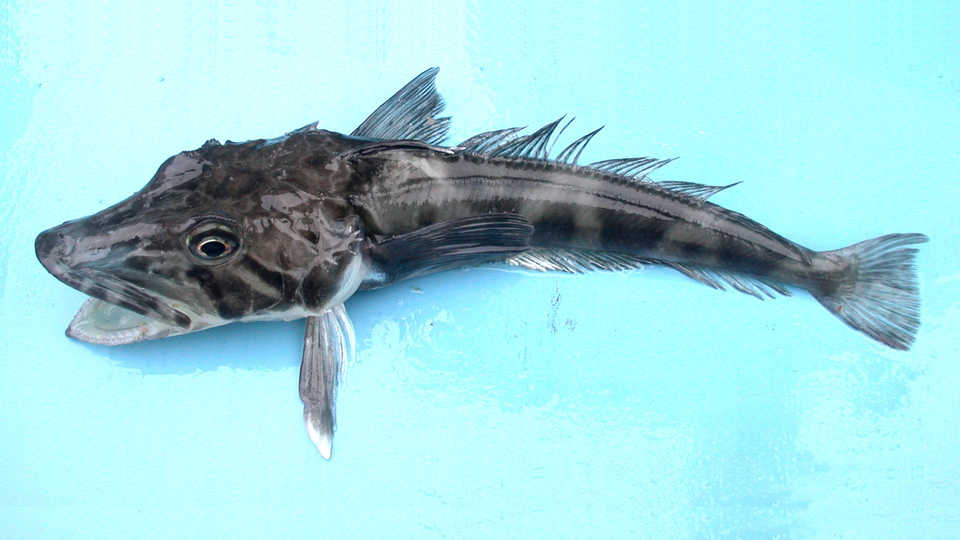
Chionodraco rastrospinosus (Ocellated icefish), an Antarctic notothenioid taken close to the South Shetland Islands. Photo by Valerie Loeb, NOAA.
In the icy waters of Antarctica, the notothenioid fish have evolved special proteins in their blood that act like antifreeze. The proteins bind to ice crystals that enter the body, keeping them small to prevent them from growing and freezing the entire fish. These proteins were first identified in the 1970s but it's still unclear exactly how they work within the notothenioid in the wild.
For example, researchers found that these antifreeze crystals don't melt when temperatures warm. Even in the relatively warm waters of the Antarctic summer, the fish retain the tiny ice particles in their blood. Where they go remains unclear.
Researchers suspect that as environmental ice crystals enter and accumulate inside the fishes' bodies year after year, they may end up blocking blood flow or otherwise harming the fish in the long run. If it proves to be true, then the very protein that initially saves notothenioid lives will ironically be the same one that does them in over a lifetime.
Read about how this research is carried out in last month's Long View post and at the McMurdo Oceanographic Observatory website.